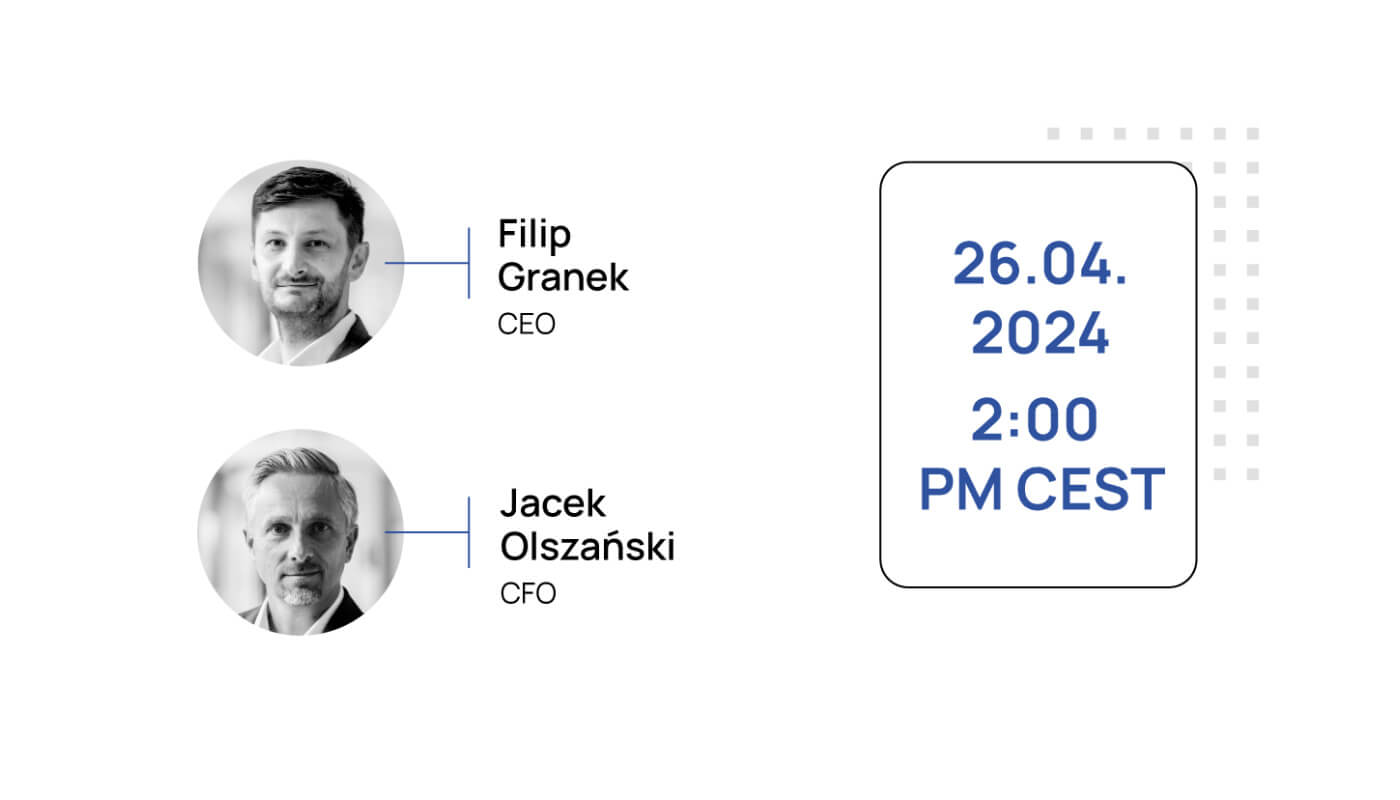XTPL nanoinks to be offered by the US company nScrypt

XTPL S.A. (WSE: XTPL), a global supplier of breakthrough nanoprinting solutions for the world’s electronics market, strengthens cooperation with nScrypt Inc. by concluding a license agreement. NScrypt is a US manufacturer of microdispensing, 3D manufacturing and biomanufacturing equipment for industrial applications. XTPL’s Ag Nanopaste CL85 will be added to nScrypt’s product offer and will be marketed to nScrypt’s production system users from medical device, defense and space sectors.
Since 2002, Orlando, Florida-based nScrypt has designed and manufactured high-precision microdispensing equipment for printed electronics, electronics packaging, solar cell metallization, communications, 3D printing and bioprinting. Its customers include US technology corporations, military, academic and research institutes, government agencies and national labs. NScrypt technological solutions are used by manufacturers from the medical, defense and space sectors. In 2003, the US manufacturer marketed its nScrypt BAT Series Bioprinters, which became one of the firm’s flagship products. In July 2019, one of the devices was launched to the International Space Station as part of a NASA mission.
XTPL’s Ag Nanopaste CL85 will be the first product to be offered as part of the cooperation between the companies. A license agreement has been signed for this purpose. Along with nScrypt’s technological equipment, XTPL’s nanopaste will be used for the development of new generation printed electronics.
“Quality and performance are key for us and our customers. These are the features we see in Nanopaste CL85 developed and produced by XTPL. Implementing the XTPL nanopaste into our deposition systems will allow fine features to be printed, down to 25 microns, with high aspect ratios. This will also allow more electrical current to be carried in a microscopic line. XTPL’s nanopaste can also be sintered at temperatures almost 4 times lower than in a standard low temperature process, and still achieve the same conductive performance. These advantages will provide our customers with new possibilities for next generation printed electronics made with our 3D manufacturing systems. We expect our defense, space, and medical device customers to have great interest in these high performing materials,” says nScrypt’s CEO, Ken Church (PhD).
The parties had trade cooperated for many months before the agreement was signed. The process started in 2021 and included evaluation of XTPL’s products by nScrypt for selected nScrypt customers. The very good results of the nanopaste’s evaluation, carried out by the nScrypt’s R&D team for its selected customers, confirmed the uniqueness of the XTPL solution.
“We are happy that our Ag Nanopaste CL85 has gained the attention of such an acknowledged company as nScrypt. This is another confirmation of the due foundations of conductive materials created by our Company. By working together, our product will undergo further market exploration supporting the development of new-class electronics. As a result, our unique metallic nanoinks will be offered to advanced users not only in the huge US market. This will also be another source of income that will help us pursue greater scale. Recently, we have been extending our activities in the domain of ink and paste development for printed electronics. By creating formulations of conductive materials for our UPD method, we develop products that can also be used in other printing methods. In this way, we are constantly diversifying our range of nanoinks. Thanks to this approach, we were able to start cooperation with nScrypt using the ready-made product tried and tested by many of our customers. This will drive further development of the XTPL nanoinks line and stimulate the growth of our business,” says Filip Granek, CEO of XTPL S.A. (PhD).
NANOINKS AS ONE OF THE THREE BUSINESS LINES OF XTPL
Since the beginning of commercialization of its proprietary inks, the Company has completed 30 individual orders for industrial and scientific clients from Europe, the USA and EMEA. Currently, XTPL’s R&D team is also working on new formulations, including solutions based on copper and gold nanoparticles.
At the same time, in January this year XTPL announced that it had entered into an agreement with the NASDAQ-listed Israeli company Nano Dimension Ltd. Under this collaboration, XTPL and Nano Dimension will focus on the development of new high conductivity and high performance nanoink for industrial applications in Nano Dimension’s products designed for PCB production. The Company expects to receive first revenues from this source by the end of 2022.
According to the data published in the Nano Silver Inks Market – Forecasts from 2019 to 2024 (Knowledge Sourcing Intelligence LLP), the estimated size of the market of conductive inks based on silver nanoparticles may reach USD 52.38 million in 2024 (18.83% CAGR in 2018–2024). The market is buoyed by the growing use of electronics in the rapid urbanization processes, miniaturization of electronic components, as well as by the possibility of reducing production costs while maintaining high electrical conductivity and efficient manufacturing in line with environmental protection standards.
XTPL develops and commercializes three complementary and at the same time independent business lines: Delta Printing System prototyping devices, conductive nanoinks and EPSILON printing heads intended for industrial implementations on the production lines of new generation global electronics manufacturers. All the specified technological solutions are based on the Company’s technology of printing conductive structures. The technology is a response to the three megatrends in the production of modern electronics. The industry is currently strongly focused on further miniaturization of the size and weight of electronic devices, modifying their forms and properties, and moving towards an increased flexibility and three-dimensionality. The recent global trend is also environmental protection by efficient use of limited resources while reducing the production waste, which is enabled by additive technology.
In 2020, the value of the rapidly growing printed electronics market was USD 41.2 billion (+11.0% YoY), in 2025 it is forecast to grow to USD 63.3 billion, while 2030 it is expected to reach even USD 74.1 billion (source: IDTechEx). This means an increase in the market value at a CAGR of 9.0% in 2020–2025.

 Back to all articles
Back to all articles 


